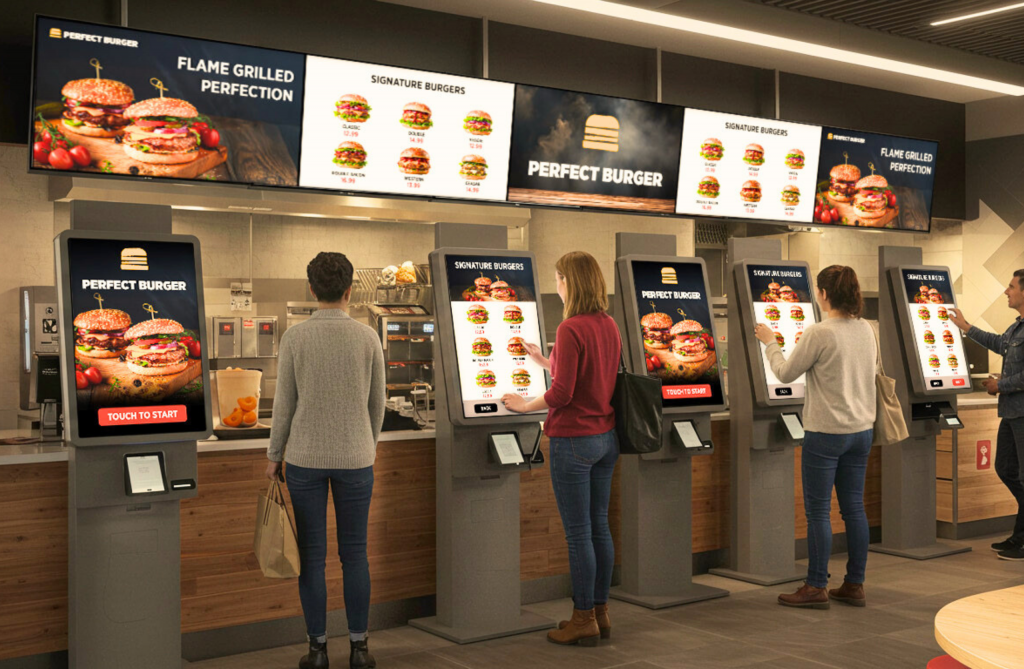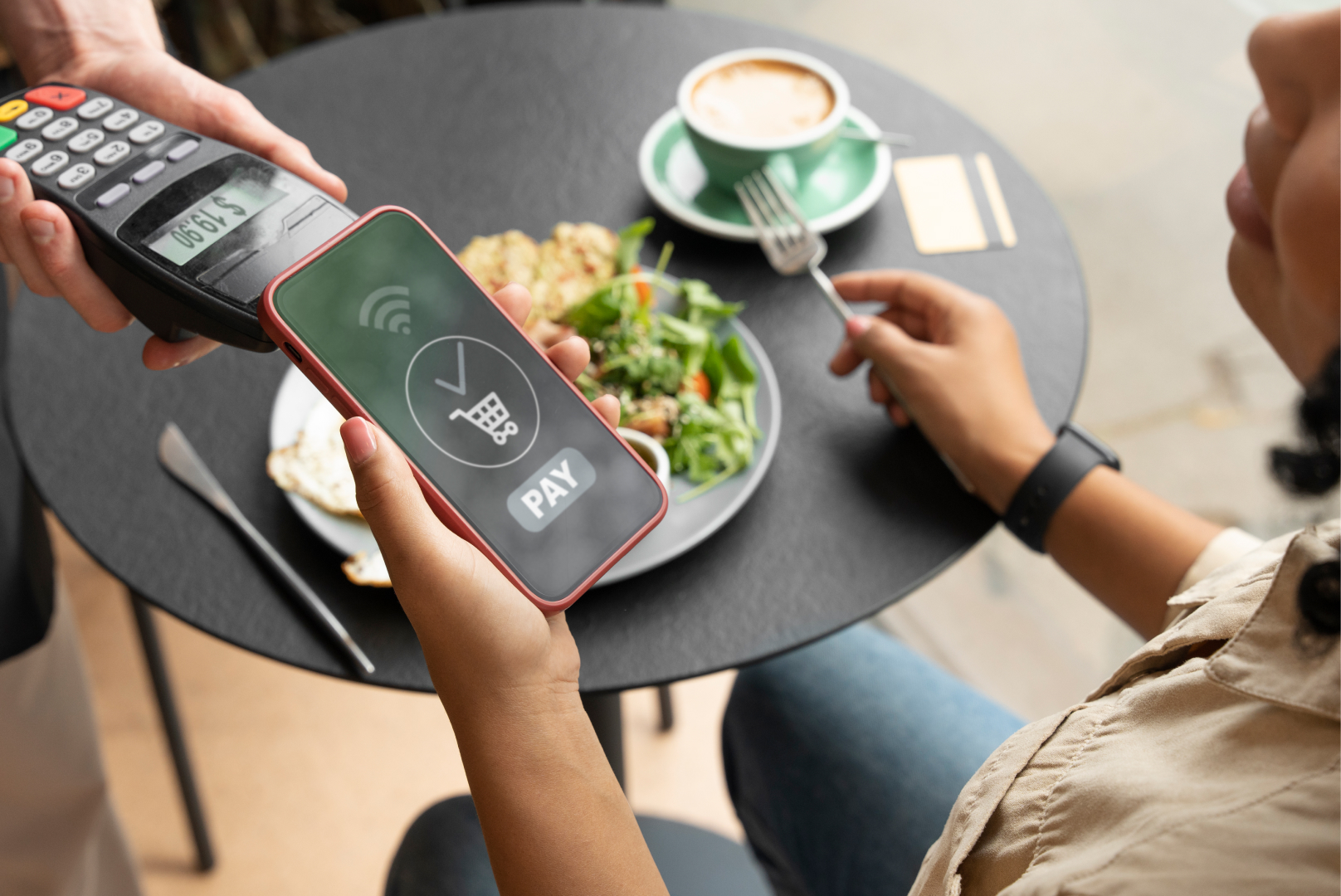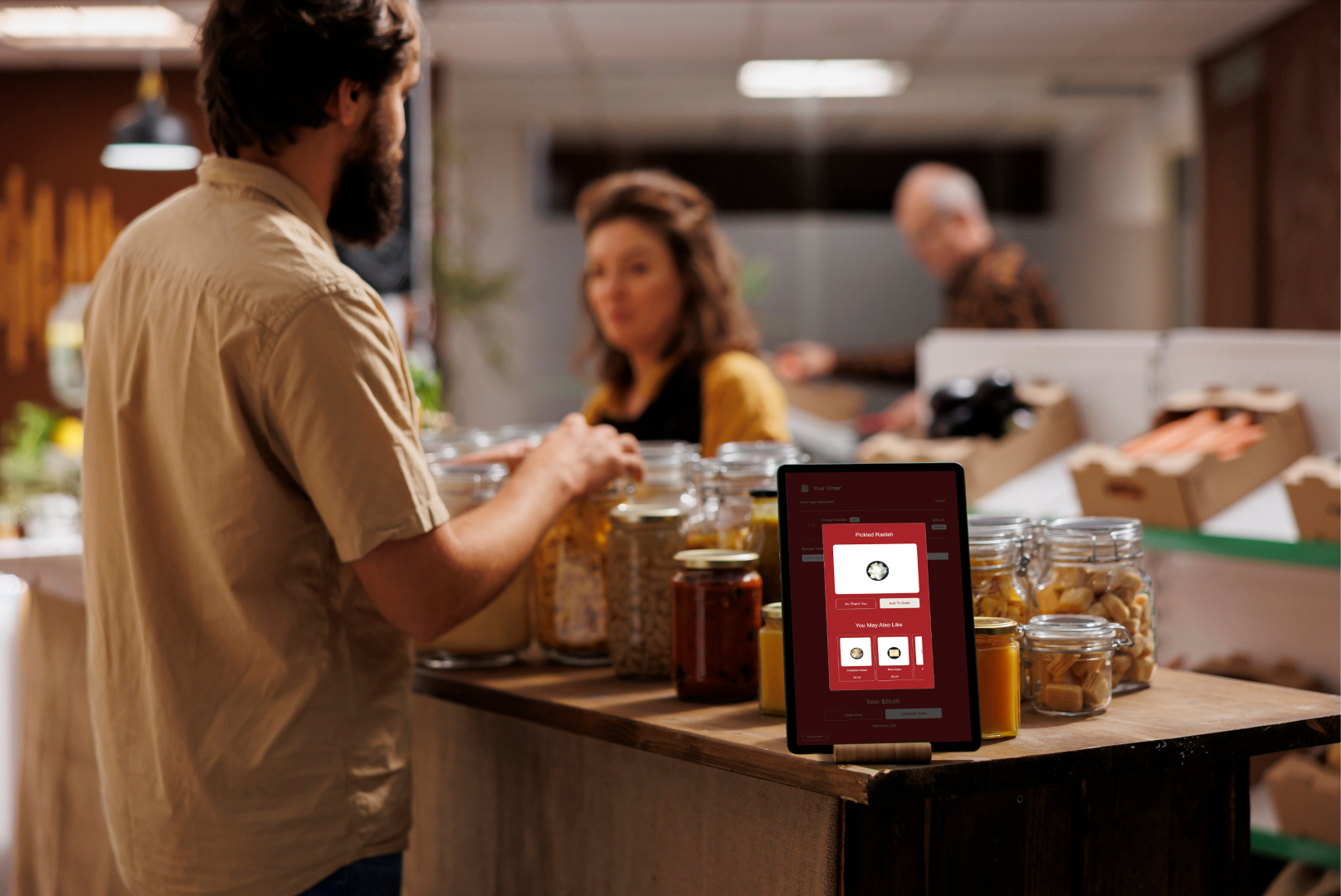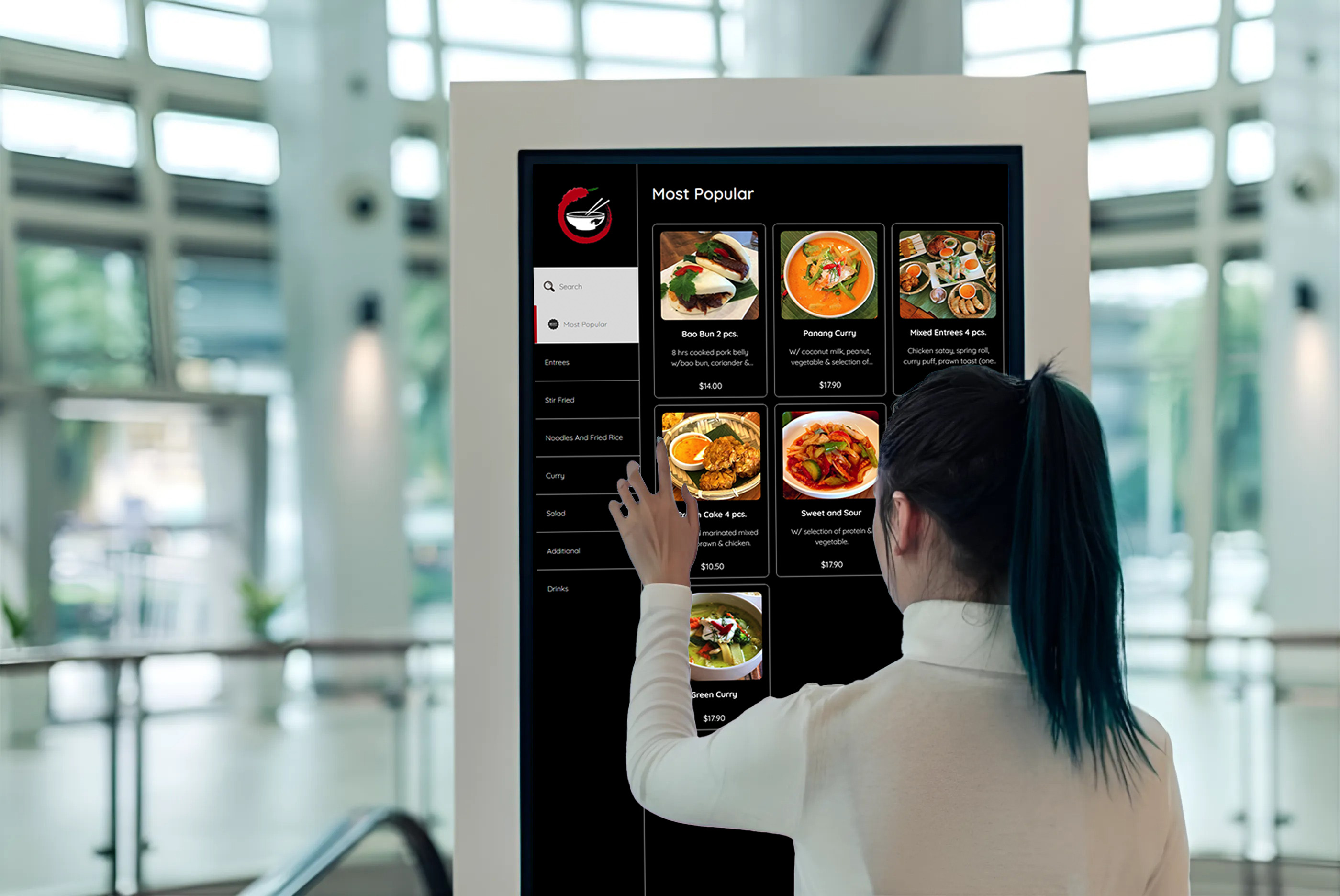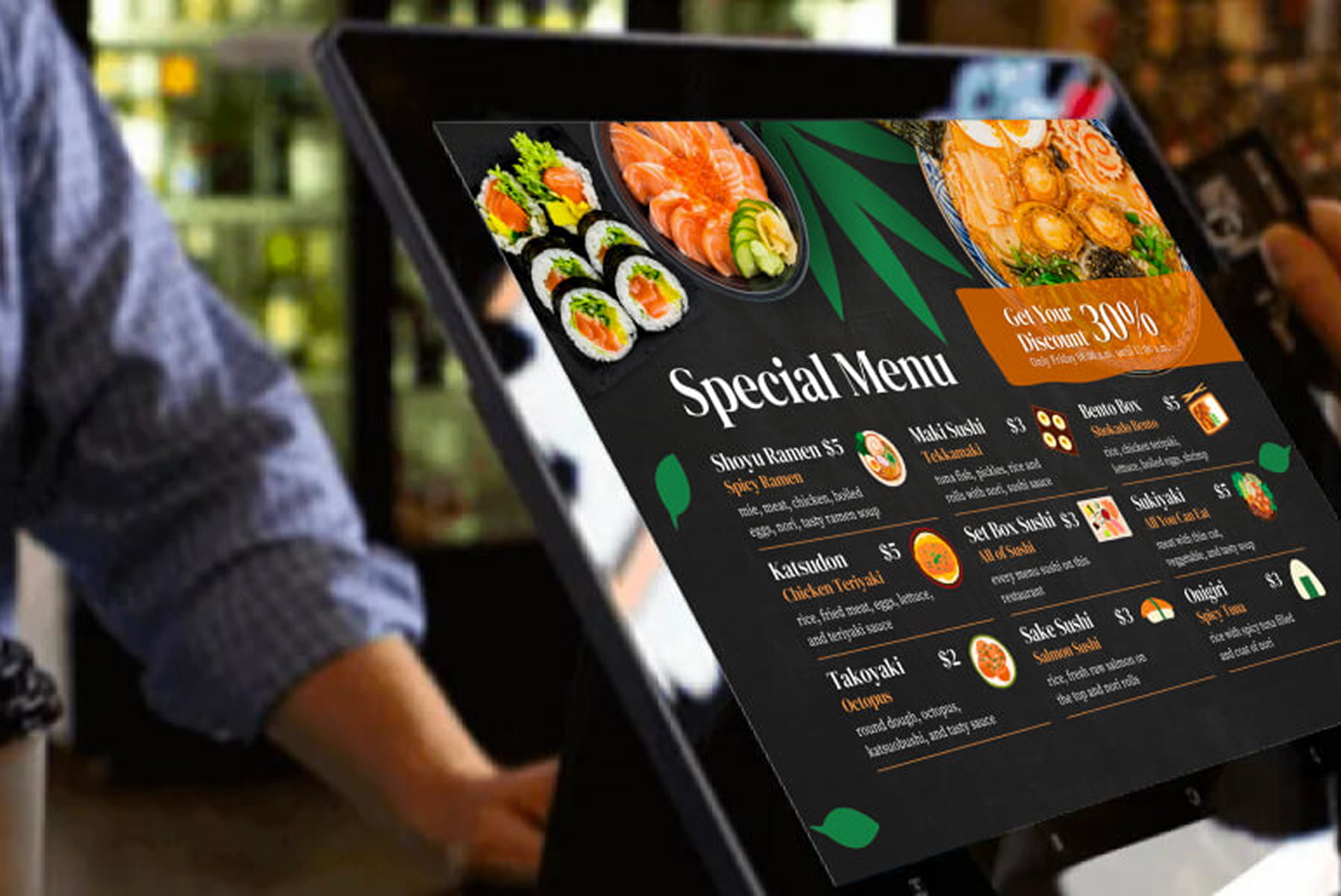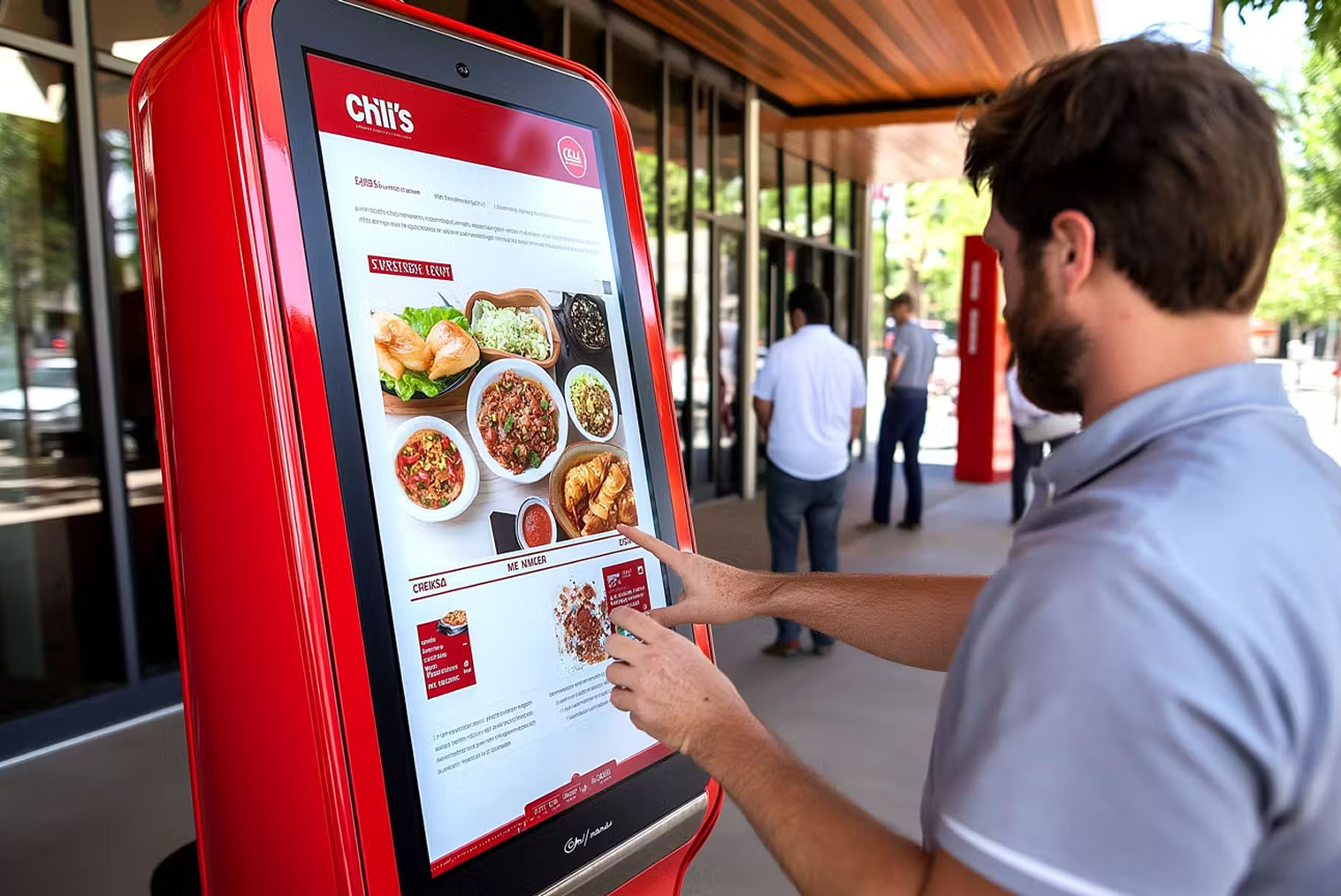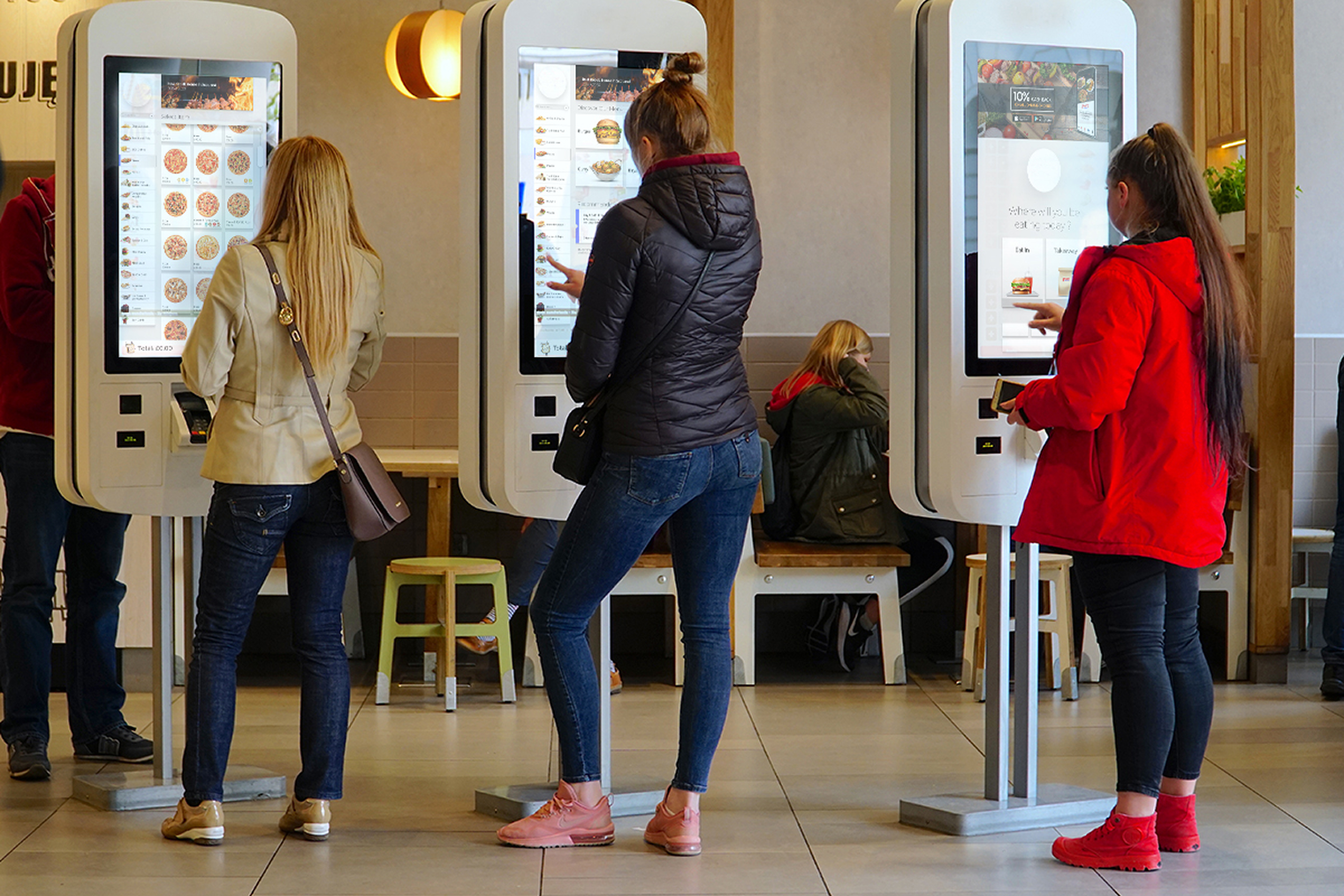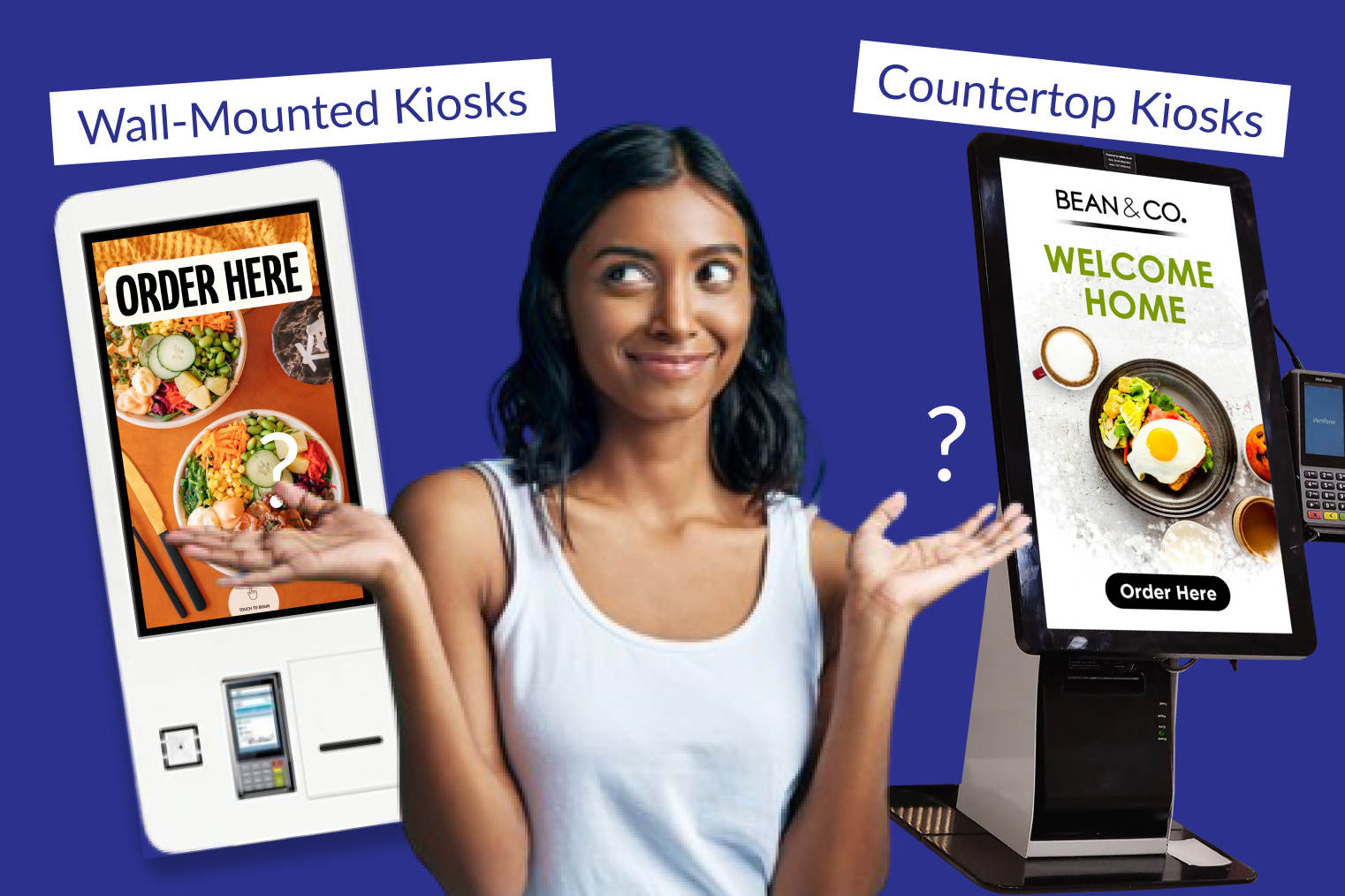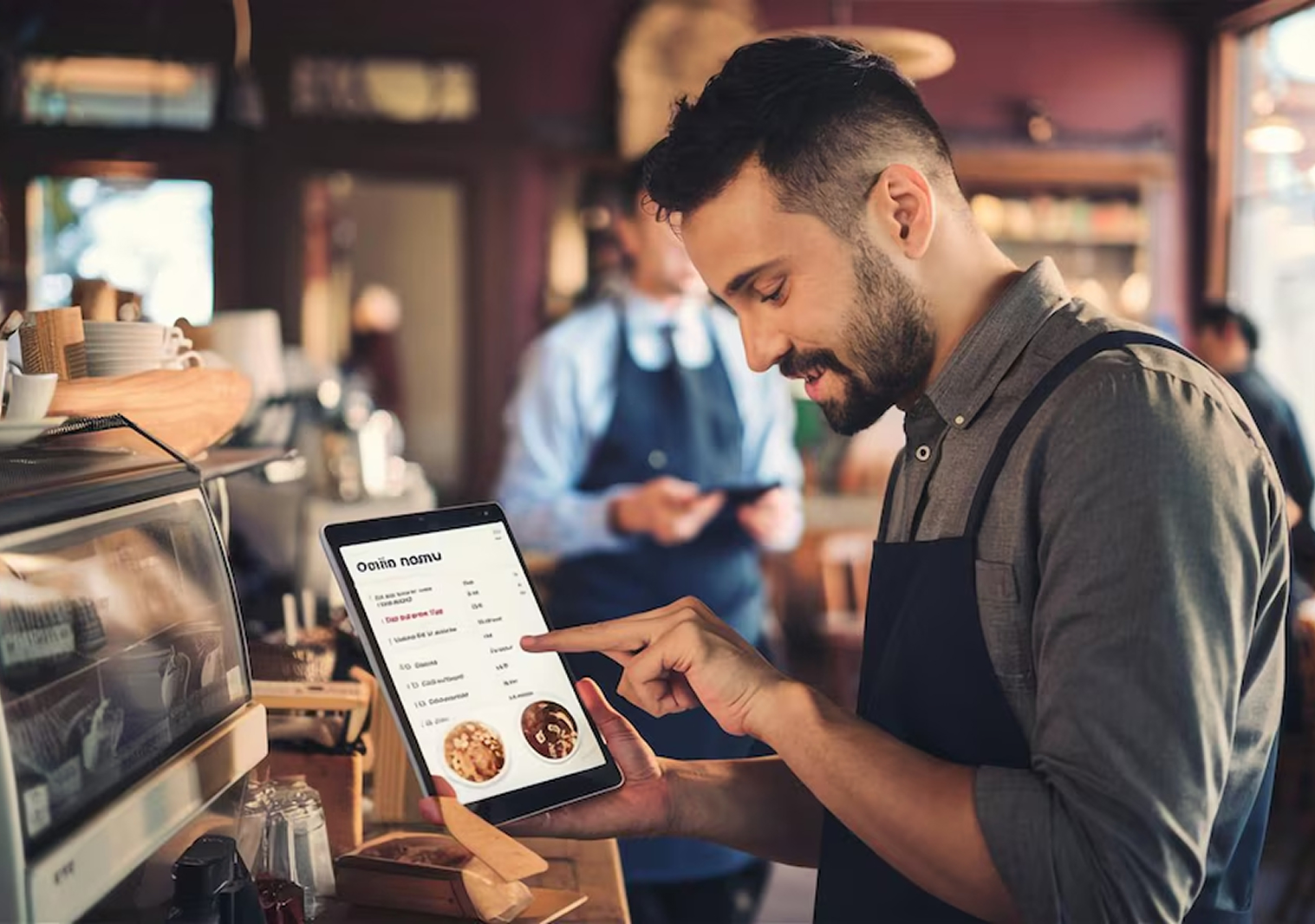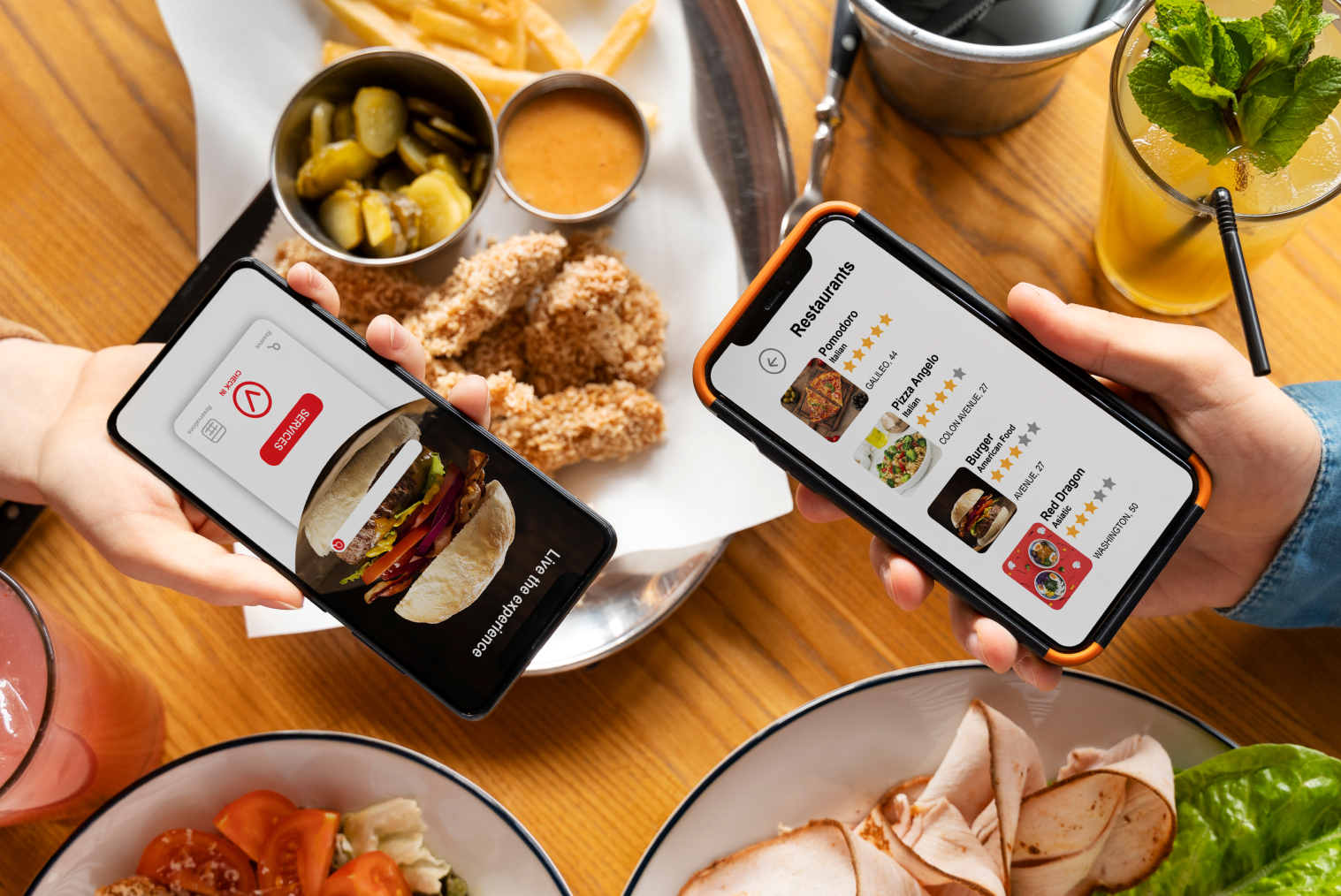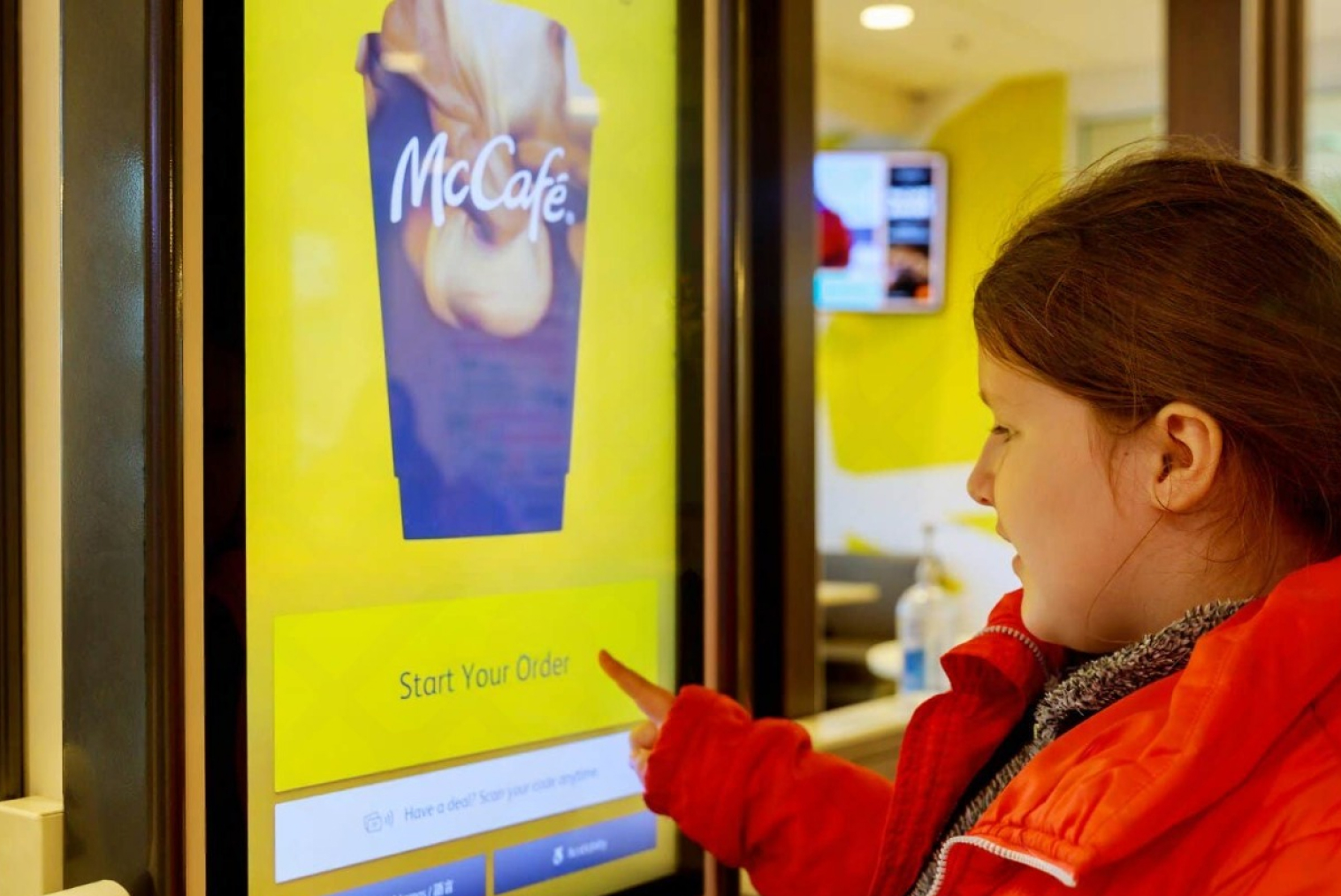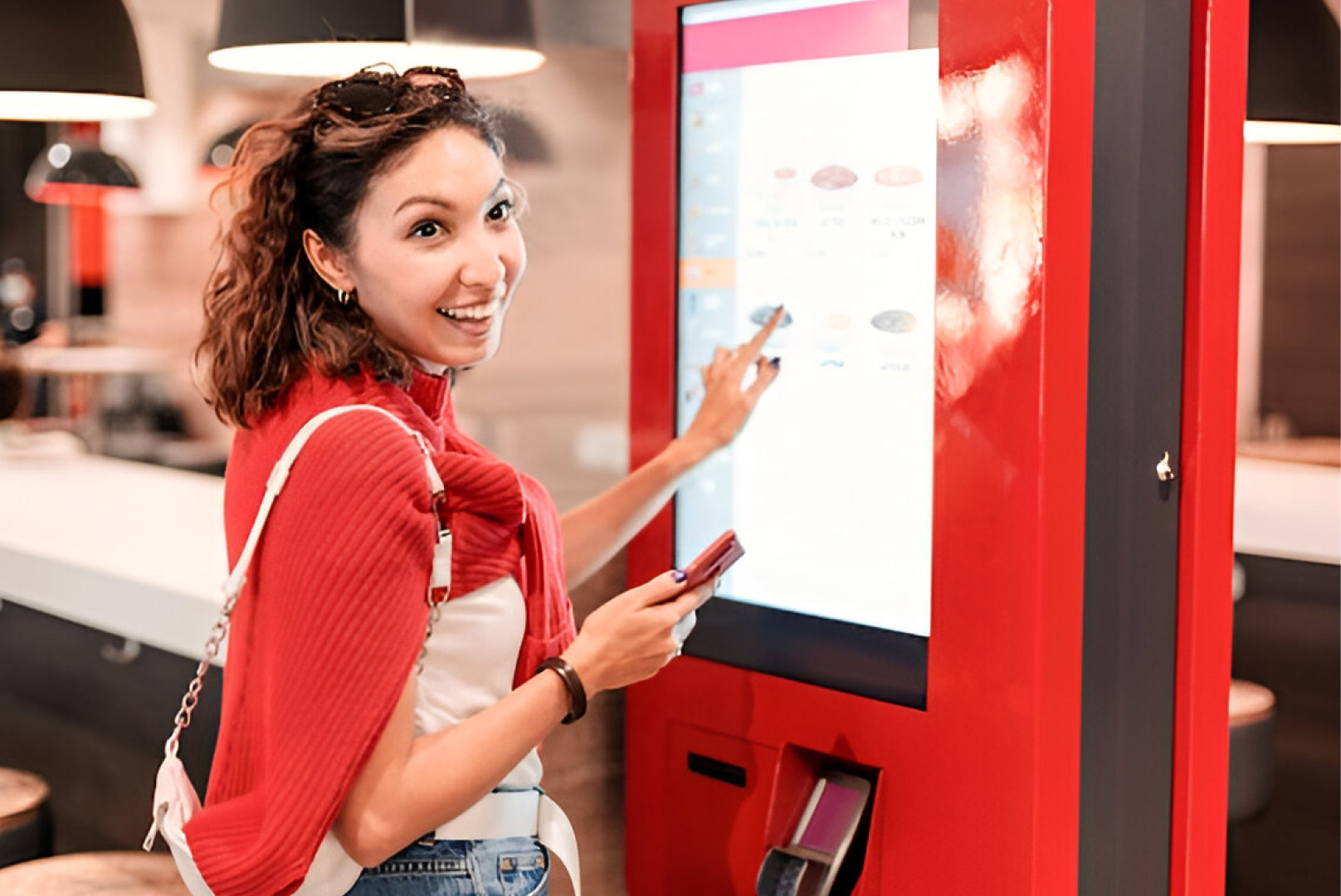Customer expectations within retail, hospitality, and service sectors are rapidly changing. The modern-day customer expects speed, autonomy, visual engagement, and seamless interaction with digital implementations everywhere. In such a context, businesses are turning to interactive digital signage kiosks as a modern, intuitive tool for driving engagement, smoothing navigation, and improving the user journey. The global interactive kiosk market was estimated at USD 34.79 billion in 2024, and is forecast to reach USD 52.74 billion by 2030, reflecting a strong shift toward self-service interfaces.
In fact, as more brands adopt digital kiosk signage, kiosks will become key touchpoints in making everyday processes frictionless, delightful, and data-driven.
Understanding the Shift Toward Interactive Digital Signage
Customer expectations have undergone significant changes in the last few years. People no longer want to look at static screens. They want to interact with content, explore information on their own terms, and receive personalised experiences instantly. This shift is driving businesses across retail, hospitality, and food service to replace traditional displays with interactive digital signage kiosks.
Interactive kiosks bridge the gap between physical and digital experiences, helping brands deliver real-time updates, richer product information, and faster service—all while capturing valuable customer insights.
What Makes These Kiosks Different?
Interactive kiosks are not just screens; they are self-service experience hubs powered by advanced digital kiosk software. From retail stores and QSR restaurants to airport, hospital, and mall configurations, they offer the user the ability to:
- Browse products
- Place orders
- Access maps and directions
- Check queue status
- Explore promotions
- Learn about services
- Make payments
Because everything happens on a sleek, responsive touchscreen, customers have full control and instant access without waiting for assistance.
Integration with digital information kiosk systems will also ensure that customers get accurate, real-time details whenever they interact with the machine.
Why Interactive Digital Signage Is Revolutionising Customer Engagement
1. A More Immersive Shopping Experience
Modern shoppers prefer discovering products visually. High-definition interactive digital signage kiosk displays allow businesses to showcase:
- Product collections
- Ingredients & menu items
- Personalised deals
- Brand storytelling
Retailers especially benefit from incorporating touch-screen kiosks for modern stores, giving customers a smooth browsing journey similar to e-commerce—right inside the store.
2. Faster, More Accurate Ordering
Food and beverage companies have really moved to digital ordering for sure. With ordering systems for restaurants, users can customize their meals, explore combos, and review dietary information in an instant without waiting in long queues. QSRs that have deployed self-service kiosks report a 20–30% increase in average ticket size, thanks to dynamic upsell prompts on-screen. This leads to:
- Reduced order errors
- Higher upsell rates
- Faster table turnover
- Increased customer satisfaction
Many restaurants report that customers spend more when ordering through kiosks due to interactive suggestions powered by digital kiosk software. A consumer study by Hathway found that 75% of customers under 30 have used a kiosk, and 60% of those under 45 actually prefer kiosks over human cashiers, showing strong generational adoption.
3. Enhanced Self-Service Convenience
Self-service is no longer a luxury—it’s an expectation. That’s why many industries now rely on self-service kiosks for interactive customer experiences to improve operational flow and reduce staffing pressure.
These kiosks help users:
- Find store locations
- Print tickets
- Check in at appointments
- Sign up for loyalty programs
- Retrieve digital receipts
As retail innovation accelerates, embracing kiosk technology is becoming essential for modern customer engagement.
4. Data-Driven Insights for Better Decision-Making
One of the biggest advantages of digital kiosk signage is the ability to collect real-time data. Businesses can track:
- Interaction time
- Most viewed products
- Conversion rates
- Heatmap engagement
- Menu/item popularity
- Drop-off points
This makes it easier to refine offers, improve layouts, and enhance the overall customer flow. When kiosks are powered by flexible digital kiosk software, managers can update content instantly across multiple branches.
5. Increased Sales Through Visual Storytelling
Interactive digital signage captures attention faster than traditional posters. Whether in a retail environment or a restaurant, businesses can use kiosks to:
- Display upsell/cross-sell recommendations
- Promote limited-time deals
- Highlight new arrivals
- Showcase rich videos and imagery
Combined with digital information kiosk content, this creates an immersive environment that drives impulse buying and boosts overall sales. Dynamic digital signage isn’t just eye-catching — according to industry research, self-service kiosks increased sales by 20–30% in fast-food restaurants and by 11–20% in retail, as customers engage more deeply with branded content. In fact, more than 65% of consumers say they’d be more likely to return to a restaurant that offers self-ordering kiosks, underlining the business value of interactive customer experiences.
Popular Use Cases Across Industries
Interactive digital signage kiosks have evolved into versatile, high-impact tools used across almost every major industry. Their ability to merge information, engagement, and automation makes them invaluable in both customer-facing and operational environments. Retailers, restaurants, hotels, and healthcare providers use digital kiosk signage to streamline customer journeys and reduce staff load, while transport hubs and malls rely on them to deliver real-time updates and wayfinding support.
Some of the most common applications include:
- Retail engagement: product discovery, smart catalog browsing, and upsell suggestions through interactive digital signage kiosk displays.
- Restaurants & QSRs: menu browsing, loyalty check-ins, and faster ordering via ordering systems for restaurants integrated with POS.
- Corporate & public spaces: check-ins, event directories, and branded messaging through digital information kiosk setups.
- Hospitality & tourism: digital concierge services, booking confirmations, and multilingual navigation screens.
In each of these environments, the kiosk doesn’t just replace manual tasks—it enriches the customer experience by giving them control, clarity, and speed.
How Interactive Digital Signage Kiosks Benefit Modern Businesses
The benefits of adopting interactive digital kiosks extend far beyond convenience. They offer operational efficiency, stronger customer engagement, and measurable revenue impact, especially when powered by the right digital kiosk software. Businesses are increasingly relying on these systems to create frictionless experiences while collecting data that informs smarter decisions.
Here’s what makes kiosks such a powerful tool:
Higher customer satisfaction
Reduced wait times and self-service convenience boost overall experience.
Improved operational efficiency
Automates repetitive tasks, freeing staff for high-value engagement.
Personalised interactions
Dynamic content adapts based on time, demand, or customer behaviour.
Better conversion opportunities
Interactive flows naturally drive upsells, cross-sells, and loyalty sign-ups.
Cost savings
Cuts down staffing pressures while delivering continuous customer support.
And with advanced analytics built into many modern systems, businesses gain insights that help fine-tune promotions, product placements, and service flows, turning kiosks from simple digital screens into strategic engagement engines.
Conclusion
Interactive digital signage kiosks are no longer optional add-ons; they’ve become a core part of how modern businesses engage, inform, and convert customers. Whether used in retail, hospitality, healthcare, or food service, these systems blend intuitive interfaces with powerful digital kiosk software to deliver fast, seamless, and personalized experiences. From guiding shoppers to enabling self-checkout, from powering self-service kiosks for interactive customer experiences to enhancing touch-screen kiosks for modern stores, they redefine how customers interact with physical spaces.
As brands continue to shift toward automation and data-driven decision-making, the role of the interactive digital signage kiosk will only grow. Businesses that embrace these solutions early gain a clear competitive edge, higher sales, richer insights, lower operational load, and happier customers. The transformation is already happening; the question is whether your business is ready to step into the future of engagement.
Frequently Asked Questions
1. What industries benefit most from interactive digital signage?
Retail, restaurants, QSRs, supermarkets, healthcare, hospitality, airports, campuses, and transport hubs see the highest value.
2. Can digital signage kiosks collect customer data?
Yes. They collect interaction patterns, item preferences, session durations, search terms, and engagement heatmaps using digital kiosk software analytics.
3. What are the maintenance requirements for interactive kiosks?
Mainly software updates, routine cleaning, system monitoring, and occasional hardware checkups. Cloud dashboards simplify upkeep.
4. Are interactive kiosks cost-effective for small businesses?
Absolutely. They lower staff costs, increase efficiency, enable upselling, and pay for themselves quickly through increased sales.
5. Can interactive kiosks increase sales and customer retention?
Yes. With personalised recommendations, loyalty integration, and high-impact visuals, kiosks drive stronger conversions and repeat customer visits.
6. What technologies power interactive digital signage kiosks?
Touchscreen displays, cloud-based CMS, AI recommendation engines, NFC/QR payments, IoT sensors, and multimedia content platforms.
7. How can businesses measure kiosk engagement success?
By evaluating:
- Sales uplift
- Engagement time
- Navigation paths
- Conversion rates
- Repeated interactions
- Queue reduction metrics
- Customer feedback
